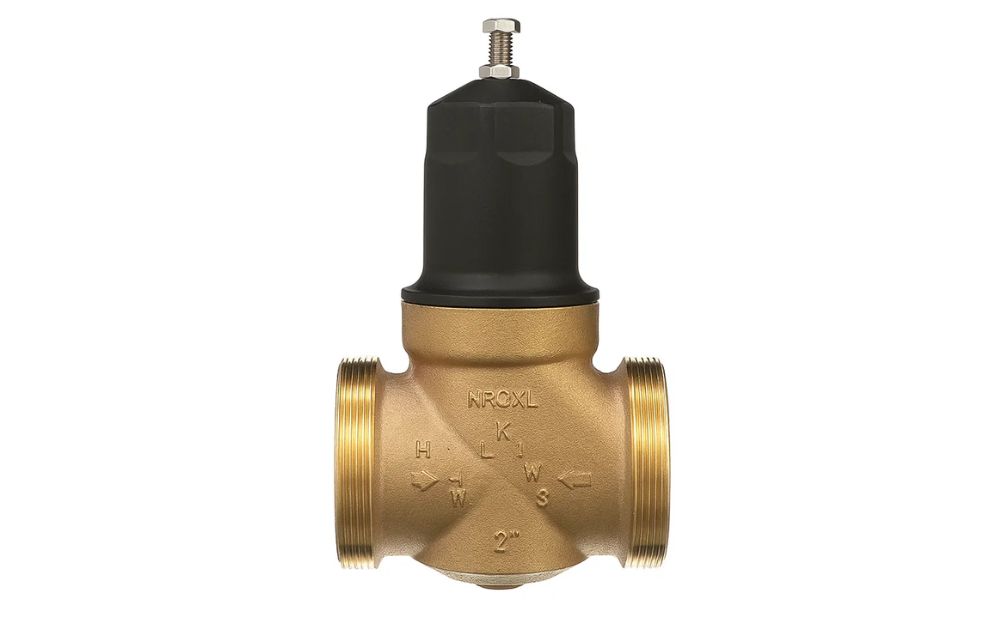
A pressure reducing valve or PRV is an essential component of plumbing systems because of its function of regulating water pressure. Nevertheless, when a PRV starts to degrade, it can cause problems ranging from pressure fluctuation in the system-to-system damage. By learning the symptoms of a struggling PRV before the issue becomes a serious problem, you can counteract loss of time, money, and headache. Here are the key indicators that will help you decide if your PRV could be failing.
Irregular Water Pressure
One of the main purposes of a PRV is to control and to ensure that water pressure is constant. If the pressure is either high or low and you observe this tendency soon, this may specify that the valve is not functioning properly. Low pressure may sometimes be because of a blockage whereas high pressure may be brought about by a defective or worn-out valve.
Unusual Noises in the Plumbing System
Strange noises such as banging or hammering might be an indication of a poorly working PRV in your plumbing system. When a valve fails, the pressure is high and the turbulence in the pipes may in fact produce such sounds. Addressing these noises promptly can prevent further system damage.
Water Leaks
A failing PRV can lead to leaks in various parts of the plumbing system. Look for dripping faucets, leaky fixtures, or even damp spots on walls or floors. This occurs when the valve is no longer effectively controlling pressure, causing undue strain on pipes and connections.
Sudden Spike in Water Bills
If your water bills have increased unexpectedly, it could indicate an issue with your PRV. When the valve is not regulating pressure properly, it can result in excessive water flow, leading to higher consumption and increased costs.
Damaged Appliances
Household appliances like washing machines, dishwashers, and water heaters are designed to operate within specific pressure ranges. Excessive pressure caused by a failing PRV can damage these appliances, reducing their lifespan and increasing repair or replacement costs.
Dripping Relief Valves
Pressure relief valves on water heaters or other appliances are designed to release water when pressure exceeds safe levels. If you notice these relief valves frequently dripping or releasing water, your PRV might not be maintaining the correct pressure in the system.
Inconsistent Shower Performance
Inconsistent water flow or sudden changes in water temperature while using a shower can be a tell-tale sign of PRV failure. The valve may not be effectively balancing the pressure, causing these variations.
Wear and Tear Over Time
Like any mechanical component, PRVs have a limited lifespan. If your valve is old or has been in use for many years, its performance may degrade, leading to the issues mentioned above. Regular inspection and maintenance can help extend its life.
In Conclusion
Detecting the signs of a failing PRV early can prevent costly repairs and ensure the efficiency of your plumbing system. Regular maintenance and prompt action when issues arise are key to preserving the integrity of your water system.
If you’re looking for reliable solutions and expert advice, Sensor Tech offers top-notch pressure reducing valves designed to ensure optimal performance and durability. Reach out to Sensor Tech for quality products and services that you can trust!





